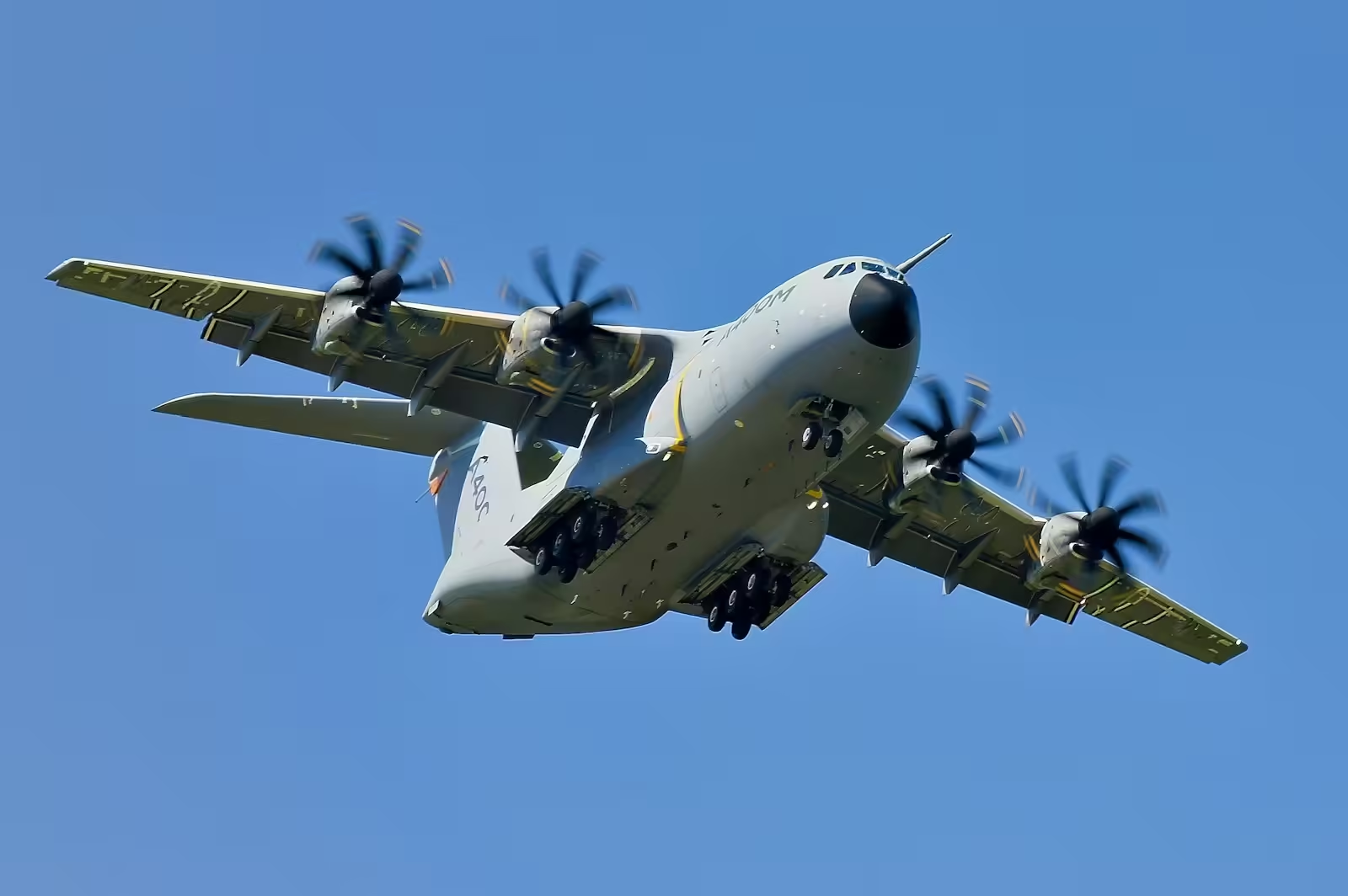
Table of Contents
- The history of dogfights and fierce air battles dates back to World War I and continues to evolve today.
- Famous dogfights that highlight the pilot’s ability, strategy and aircraft characteristics include The Red Baron vs. Llano Hawker.
- Dogfights in major wars such as the Korean War and the Battle of Britain affected military aviation.
After the invention of airplanes a century ago, the first dogfights—air battles between fighter planes—took place. These bouts are usually close-quarters, fast-paced aerial encounters between two or more rivals. Although the phrase originated in the latter part of World War II,I, it became widely used in that conflict. Nevertheless, throughout the conflict, airplanes were not the first to be used aerial combat.
Due to weight limitations, most aircraft flown in World War I had small armament. Some enemy pilots used ropes to try to jam the propellers of enemy aircraft, while others occasionally threw bricks or grenades at each other. After some time, weapons were added to the aircraft and the pilots began to fire on the opposing planes with handguns and carbines. Technology has advanced significantly to keep pilots safe and improve their combat, even though aerial warfare is still extremely dangerous.
Top 5 Military Aerial Dogfights
Occurred in 1916
According to Slash Gear, by 1916, when World War I had lasted two years, many pilots of the Luftstreitskräft and Royal Flying Corps (RFC) were able to accumulate many flying hours. Manfred von Richthofen, a German nobleman, and Llano Hawker, an Englishman, were two aviators who time and again showed their mettle and skill in the skies of northern France. After winning several aerial battles in some of the earliest dogfights ever documented, von Richthofen earned the nickname “Red Baron”, but Hawker did not receive the same recognition. Nevertheless, as the twenty-five-year-old leader of No. 24 Squadron of the RFC, the Major succeeded.
During the Battle of the Somme, known as one of the deadliest engagements in history, the two pilots eventually came into contact while trying to gain control of the air over the trenches. Piloting the bright red Albatross D.II, Major Hawker quickly proved to von Richthofen that he was no novice. Still, Red Baron’s aircraft, the de Havilland D.H.2, outperformed others when engaged in combat by circling as low as 300 feet. Despite using nearly all of his 1,000 rounds of ammo, Hawker was hit in the head by the Red Baron. Afterwards, he crashed and was buried next to his plane.
Occurred in 1940
It was clear that Germany was preparing for an air attack and that Great Britain would be invaded in 1940. After being prohibited from building an air force by the Treaty of Versailles, the nation had the most powerful air force in the world. According to the Air and Space Forces, Germany’s primary goal was to achieve air superiority. The Luftwaffe calculated that it would take about four days to defeat the Royal Air Force’s (RAF) Fighter Command in southern England, and that the rest of the air force would be destroyed in four weeks.
The German Heinkel 111 bomber was employed by the Luftwaffe, which also carried out frequent bombing raids with Messerschmitt Bf 109 and Bf 110 fighters. But as they tried to defend their borders, the British fighter planes Hawker Hurricane and Supermarine Spitfire posed a threat. Despite being highly organized, Germany was often outmatched by Great Britain. The entire RAF was among the 3,000 military units that took part in the battle. The Luftwaffe, however, was ultimately defeated and never fully recovered.
Occurred in 1942
On August 19, 1942, the first significant attack on Nazi-occupied France took place after the Allied defeat at Dunkirk. Up to 6,000 soldiers, including US Rangers and members of the British and Canadian armed forces, landed on Dieppe’s shores. Despite being supported by a thousand Canadian and British aircraft, they faced heavy opposition.
The biggest dogfight of World War II between the Allies and Germany took place during the Dieppe Raid. About 120 fighters, 100 bombers and anti-aircraft guns provided ground support. By the end of the conflict, the Allies had lost 106 aircraft while the Germans had lost 48. Furthermore, more than half of the Allied soldiers were wounded, killed, or captured.
Occurred 1950-1953
During the Korean War, United Nations (UN) forces flew about 700,000 sorties against about 90,000 Communist aircraft. Due to frequent dogfights and intense patrols in the region, most North Korean missions were located northwest of the South Korean border, also known as Mig Alley. Lt. Russell Brown shot down a MiG-15 jet in China, initiating the first combat operation against North Korea in history.
There was a disparity between UN forces and Communist forces. US fighter jets stationed in Japan, such as the F-86 Sabre, became rivals to the MiG-15. But during the action, nearly 4,000 members of the United Nations forces lost their lives and more than 2,700 aircraft were destroyed. It is not known how many casualties the Communist forces took.
Occurred 1955-1975
Returning to Asia for the second war, the US Air Force found itself fighting the Communists in Vietnam. This battle saw some of the fiercest dogfights between US aircraft, such as the F-4 Phantom and F-8 Crusader, and MiG-21 fighters. It also became known that this was the first air battle in modern times.
For a short time, there were fierce dogfights over North Vietnam, but only two US pilots received the rank of Fighter Ace. Richard Ritchie and Randy Cunningham had the required five verified kills by the end of the fight. The Vietnamese People’s Air Force lost twice as many aircraft as the US Air Force (USAF), which lost a total of 70 aircraft.
READ | The most famous 5 military aircraft developed by Boeing


2 thoughts on “Top 5 Military Aerial Dogfights in History”